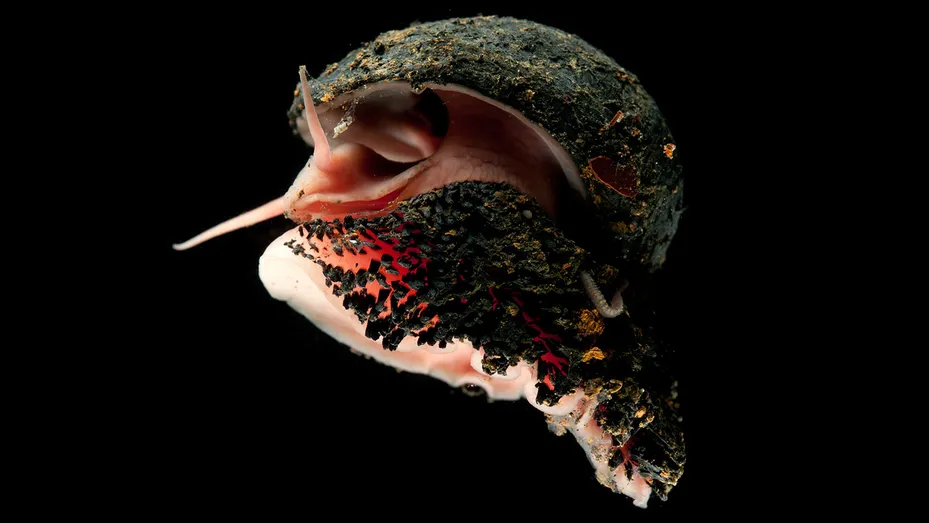
The first in the new Guardian series about the extraordinary new species found in the ocean introduces strange scaly feet snails, or Pangolin Sea-creature with special tricks
Golden snails with legs wrapped in iron scales seem to be creatures from science fiction. But in some remote places of the Indian Ocean, this snail is very real.
It seems that an armored knight crawled on the deep sea floor, “said Julia Sigwart, a biologist at Frankfurt’s Syckenberg Research Institute and the only person who saw scaly foot snails (Chrysomallon Squamiferum), also known as sea commander.
Snail habitat is extreme. They live a few miles below sea level at burning hydrothermal ventilation, which is bathed in toxic chemicals and can reach a temperature of more than 300C (572F).
The entire body and lifestyle of the snail spin around the bacteria that grow in a special pocket in their throat, which converts chemicals that flow out of ventilation into energy and thus provide all snail foods.
To maintain the microbes of those who are fed well, scaly foot snails evolved massively gills to absorb oxygen and chemicals from sea water, then send it through the bloodstream and heart flow. Human hearts with equivalent proportions are the size of our heads.
In 2019, scientists learned that the scale on the foot of the snail was not to protect against predatory attacks but to prevent toxic threats from within. Bacteria stored in the release of scaly foot snail throat as a waste product, which kills snails (this is a general active ingredient in snail pellets and snail killers).
The internal structure of their scale acts as a small exhaust pipe, pulls dangerous sulfur from the snail soft tissue and stores it as an iron -based compound that is not harmful outside.
Although they developed a lot of strange adaptations to survive with ventilation, scaly foot snails do not rely on humans who show interest in their habitat. The three sites in which they lived-area were less than 0.025 square km (0.01 square miles), which together would fit in the St Peter field in the Vatican City-is the potential target for deep sea mining.
The mining company pursues gold, silver and other valuable or rare metal which is deposited on a rocky wall from a black smoker chimney. If the tiny area of their habitat is damaged or destroyed, scaly foot snails will soon disappear.
This is a very strong communication tool, “he said.” When you say a species is threatened with extinction, everyone in the world understands that. “
Scaly foot snails are the first species in the world registered as threatened because of deep sea mining but now there are many deep marine mollusks that have been assessed and added by experts and added to the endangered global list.
Hydrothermal ventilation chimney, with what seems to be dark smoke released from it
Internal marine mining can encourage hundreds of species for extinction, researchers warn
Of the 184 endemic species that only live in ventilation, from giant shells to fuzzy snails named after Joe Strummer from clashes, only 25 are not considered to be at risk of extinct.
This species remains relatively safe, Sigwart explained, because they live in ventilation fields where there is an explicit prohibition on the development of deep sea mining in the future. This includes sea protected areas in Canadian territorial waters and around Azores.
Most other species live in hydrothermal ventilation in the high seas, which are outside the territorial boundaries and are therefore less protected and are more open for mining exploration.
“This is a red list assessment that reflects the status and risks of all species and their potential to be truly extinct and for us to completely lose it,” Sigwart said, “and no one wants it.”
For Sigwart, this unusual molluska with brilliant illustrates how evolution is good enough to survive. “This shows us a strange and bent path that can be taken to adapt and survive,” he said.








